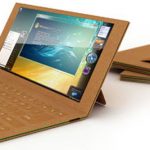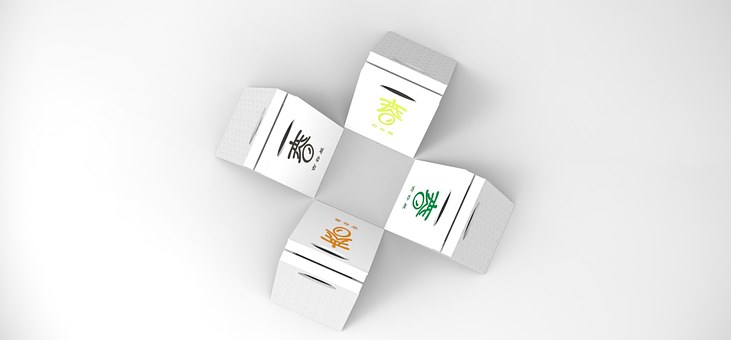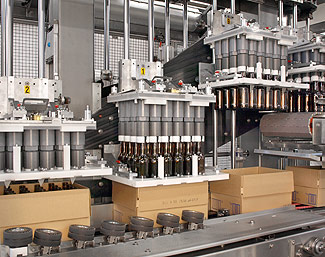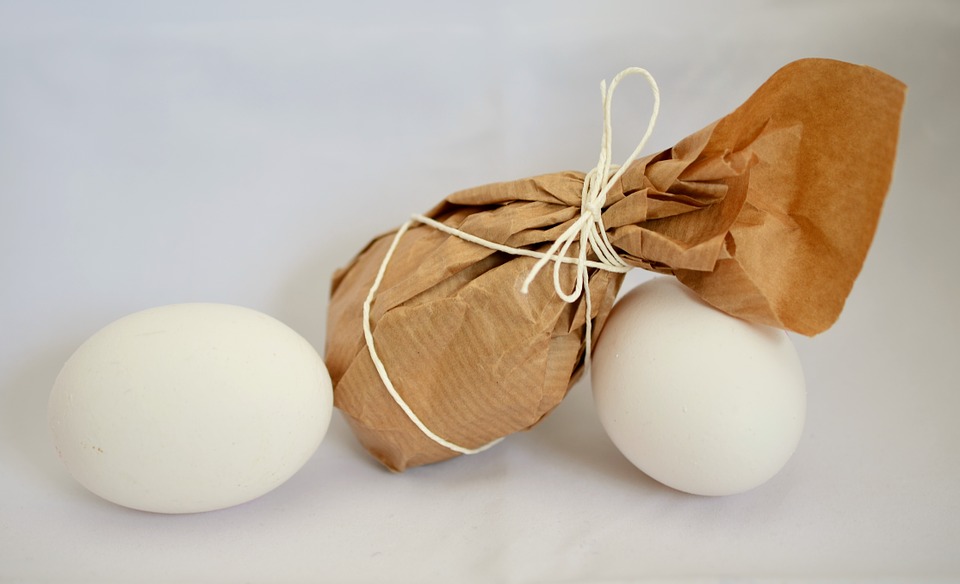Intense global competition in the market is putting a large amount of pressure on machine builders to deliver machines with higher throughput, reduced operating cost, and more features. It is not only about improving productivity but increasing energy costs and increasing environmental awareness are causing engineers to focus on designs that increase efficiency and consume lower energy.
Packaging is an dynamic sector of the print industry, especially as digital potentialities continue to expand the reach of the market. The affect of digital is evident in key elements of packaging including prototype creation and short-run production. Utilizing digital print and finishing technologies, print providers and marketing agencies are able to convey product packaging prototypes quickly and cost effectively. The use of digital technologies also changes the production of short to medium packaging runs. These practices open the door for innovative packaging solutions for a variety of associated applications.
The trend towards effective multipurpose machines dramatically increases design complexity and forces different design groups to work closer together. In the design of a modern machine, every decision has a ripple effect throughout the design.
If the mechanical team decides to change the material and therefore the weight of a mechanical component, it has an influence on the motor sizing or sometimes even on the type of motor needed to efficiently operate the machine. Improving team communication and collaboration between mechanical, electrical, and control engineers is crucial and tools that offer seamless integration and help them share data and information throughout all phases of the development cycle lead to vivid collaboration.
Digital Prototyping To Facilitate Mechatronics
Mechatronics represents an industry-wide effort to improve the design process of modern machines by integrating the best development practices and technologies to streamline design, prototyping, and deployment. Mechatronics as an engineering discipline is the synergistic combination of mechanical engineering, electronics, control engineering, and computers, all integrated through the design process. It involves the application of complex decision making to the operation of physical systems. Mechatronics highlights a growing trend of cooperation between different design teams that is necessary as designs become more complex.
One technology that facilitates the mechatronics approach is digital prototyping. This technology gives design, engineering, manufacturing, and sales and marketing teams the ability to virtually explore a complete product before it is built. Engineers and scientists use digital prototyping to design, optimize, validate, and visualize their products digitally and evaluate different design concepts before incurring the cost of physical prototypes. Digital prototyping goes far beyond creating 3D CAD models.
It gives design teams a way to assess the operation of moving parts, to determine if the product will fail, and see how the various product components interact with subsystems. By digitally simulating and validating the real-world performance of a product design, manufacturers significantly reduce the number of physical prototypes and change the traditional product development cycle. Whereas in the past they went through the stages of “design, build, test, and fix,” they now take an approach of “design, analyze, test, and build.” Using these new tools, they overcome the need to build multiple physical prototypes.
At the same time, engineers can use digital prototyping to develop highly efficient systems in which motor and actuator size are perfectly matched with the requirements of the mechanical structure. While most motor vendors provide tools for choosing the motor to fit a specific need, the information those tools require is difficult to figure out. The mathematical formulas describing a dynamic system are anything but easy. In the past, engineers often chose motors based on limited information and over-engineered the motors by adding security margins. Digital prototyping tools offer the capability to simulate the dynamic behavior of the whole system in advance, including the motors and even the control algorithms, and collect all the necessary information to pick the right motors. Most of the parameters required to perform the simulation are reused from other development steps and merged from different design tools.
With these tools, mechanical and control engineers can begin working together as soon as the CAD model has been created. They can use digital prototyping tools to create a realistic simulation of the machine for use in a variety of design analysis purposes:
- Visualize realistic machine operation
- Estimate machine cycle time performance
- Perform accurate force/torque requirements analysis
- Design and validate motion control programming and detect collisions
- Optimize the design before building a physical prototype
- Identify design issues across mechanical/electrical boundaries
By using a mechatronics approach and digital prototyping tools, best-in-class machine design companies can exchange more iterations on simulation for fewer physical prototypes and test cycles and shrink the development time by 12 to 40 days. Through simulation, those companies collect a lot of information in an early design phase, which gives them the possibility to improve their design, identify risks, and optimize the efficiency of their final machine.
Like much of the print industry, packaging applications—including labels—are strongly influenced by the adoption of digital printing practices. Similar to what occurred in publishing, packaging is undergoing a lifecycle change with an on demand focus, reducing warehousing costs. Additionally, a push towards customized runs promotes innovation from brand owners down to the consumer level. Digital print technologies provide the packaging segment with new opportunities for test marketing, prototyping, serialization, and mass customisation.





